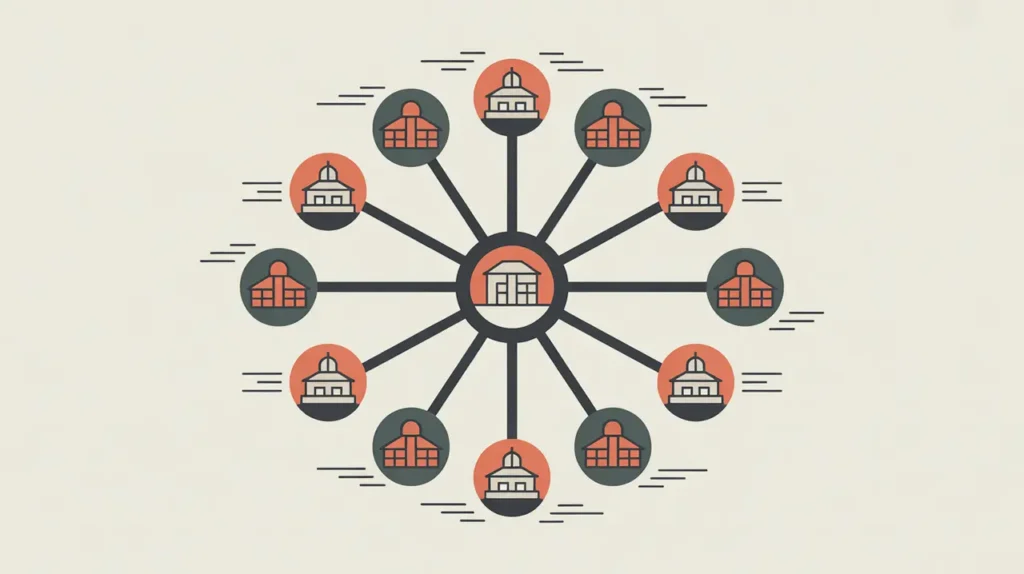Importance of Volunteer-Led Models
Volunteer-led models mobilize individuals who contribute time and skills without direct financial compensation. They matter because they extend the reach of programs while fostering civic participation, ownership, and solidarity. In development and social innovation, volunteer-driven approaches can amplify community capacity, reduce costs, and create networks of advocates who sustain change beyond formal projects.
Definition and Features
Volunteer-led models are delivery approaches where volunteers form the backbone of program implementation or support. Their defining features include:
- Civic Engagement – encourages individuals to actively participate in addressing social challenges.
- Cost Efficiency – reduces financial burden on organizations by leveraging unpaid contributions.
- Diverse Skills – draws on volunteers’ professional expertise, lived experience, or enthusiasm.
- Scalability – can rapidly expand reach by mobilizing large volunteer bases.
- Motivation Dependency – effectiveness relies on maintaining volunteer commitment and morale.
How this Works in Practice
In practice, volunteer-led models include community health workers conducting home visits, literacy tutors supporting students after school, or disaster response teams providing relief. International volunteering programs may deploy skilled professionals to strengthen local capacity, while digital platforms now enable “virtual volunteering” for mentoring, translation, or technical support. Challenges include sustaining engagement, ensuring quality and consistency, and avoiding over-reliance on unpaid labor where professional expertise is essential.
Implications for Social Innovation
Volunteer-led models contribute to social innovation by weaving civic energy into service delivery. For practitioners, they provide a flexible workforce and create community champions for change. For funders and policymakers, they demonstrate how collective action can complement formal systems and extend impact at low cost. Volunteer-driven approaches can be a catalyst for social capital. They can turn goodwill into organized effort and embed innovation within community participation.







